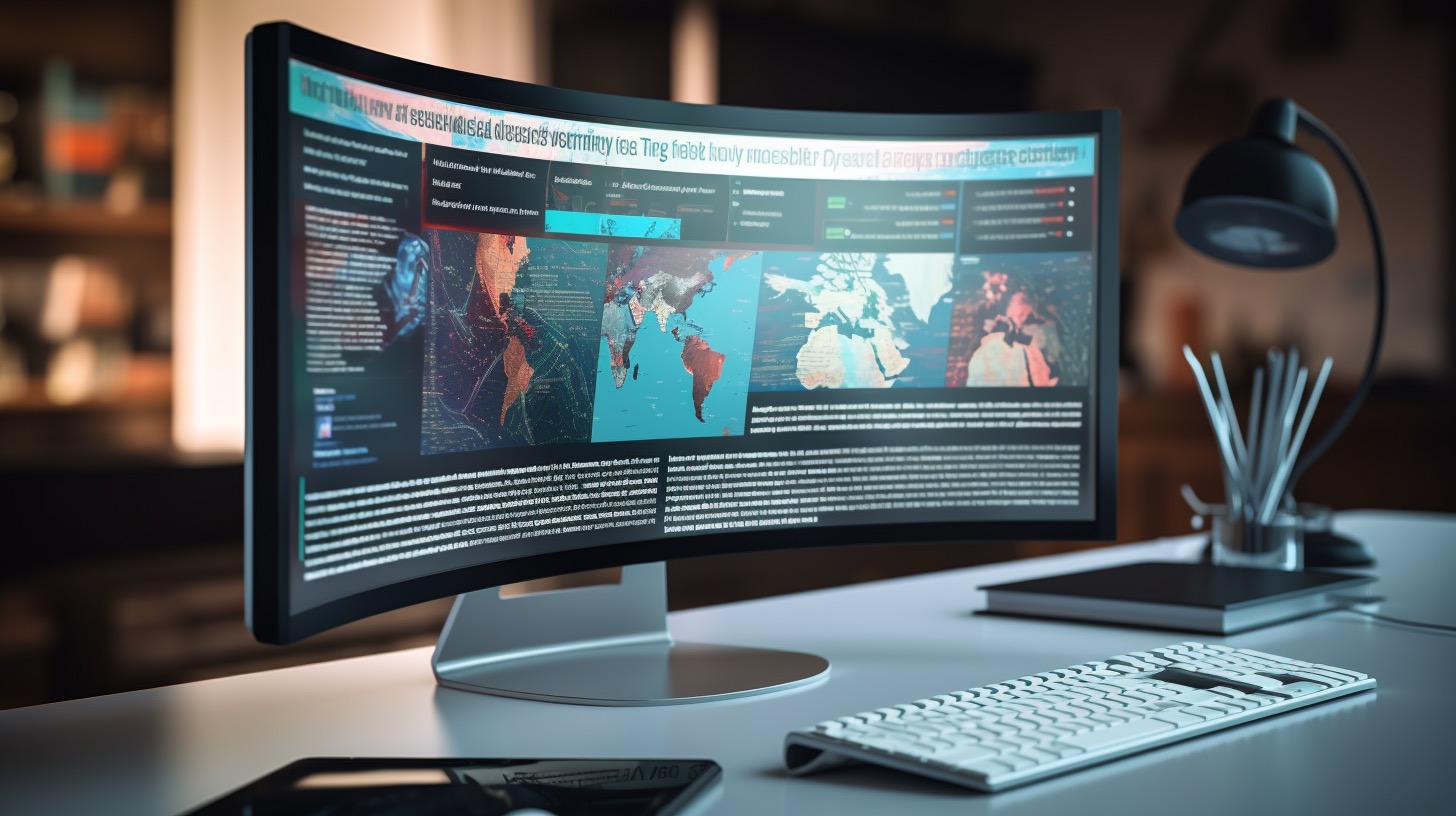In a surprising move, Apple has abandoned the iconic Lightning port on iPhones in favor of USB-C. This decision not only aligns iPhones with other Apple devices such as Mac and iPad, but also opens up new possibilities for iPhone users in terms of convenience and connectivity.
Why did Apple switch from Lightning to USB-C? The company was hesitant to take this step due to the negative reactions it received when transitioning from the 30-pin connector to Lightning over a decade ago. However, recent legislation from the European Union, which mandates the use of USB-C as a universal charging port for phones, forced Apple to make this decision. Instead of creating a special iPhone model for the European market, Apple took a bold step and adopted USB-C across all of its devices.
With USB-C, users now have the ability to connect a variety of accessories and devices to their iPhones. Whether it’s displays, external storage devices, cameras, or even charging, it can all be done with a single cable using USB-C. This introduces convenience and versatility that were not previously possible with the Lightning port.
One of the main advantages of USB-C is its universal charging capability. Since almost all iPads and Macs already come with USB-C ports, users can now use one cable to charge all of their Apple devices. Furthermore, USB-C charging cables and accessories are not proprietary, meaning users have a wider choice.
Another interesting feature of USB-C is the ability to charge other devices using the iPhone’s battery. With USB-C, the iPhone can deliver about 4.5 watts of power, allowing users to charge accessories like AirPods or even another person’s iPhone while traveling.
USB-C also allows for easy connection to external displays. With the right cable, users can mirror their iPhone’s screen on a TV or a 4K monitor, making it perfect for presentations, watching videos, or even gaming. The powerful A17 Pro chip in the iPhone 15 Pro models turns the connected TV into a portable gaming console.
USB-C enables users to expand the storage of their iPhones using portable USB-C hard drives and SD cards. Whether it’s importing photos directly from an SD card or recording ProRes 4K videos onto a USB-3 storage device, USB-C provides fast transfer speeds and seamless integration with the iPhone’s “Files” app.
Finally, USB-C on iPhones supports a wide range of essential accessories such as hardware keyboards and wired internet connections. This gives users flexibility in connecting their iPhones to various peripheral devices without the need for special drivers or configurations.
By embracing USB-C, Apple has opened up a whole new world of possibilities for iPhone users. From convenient charging options to seamless accessory connectivity, USB-C introduces new levels of versatility and convenience to the iPhone experience.
Continue reading.
The source of the article is from the blog combopop.com.br
